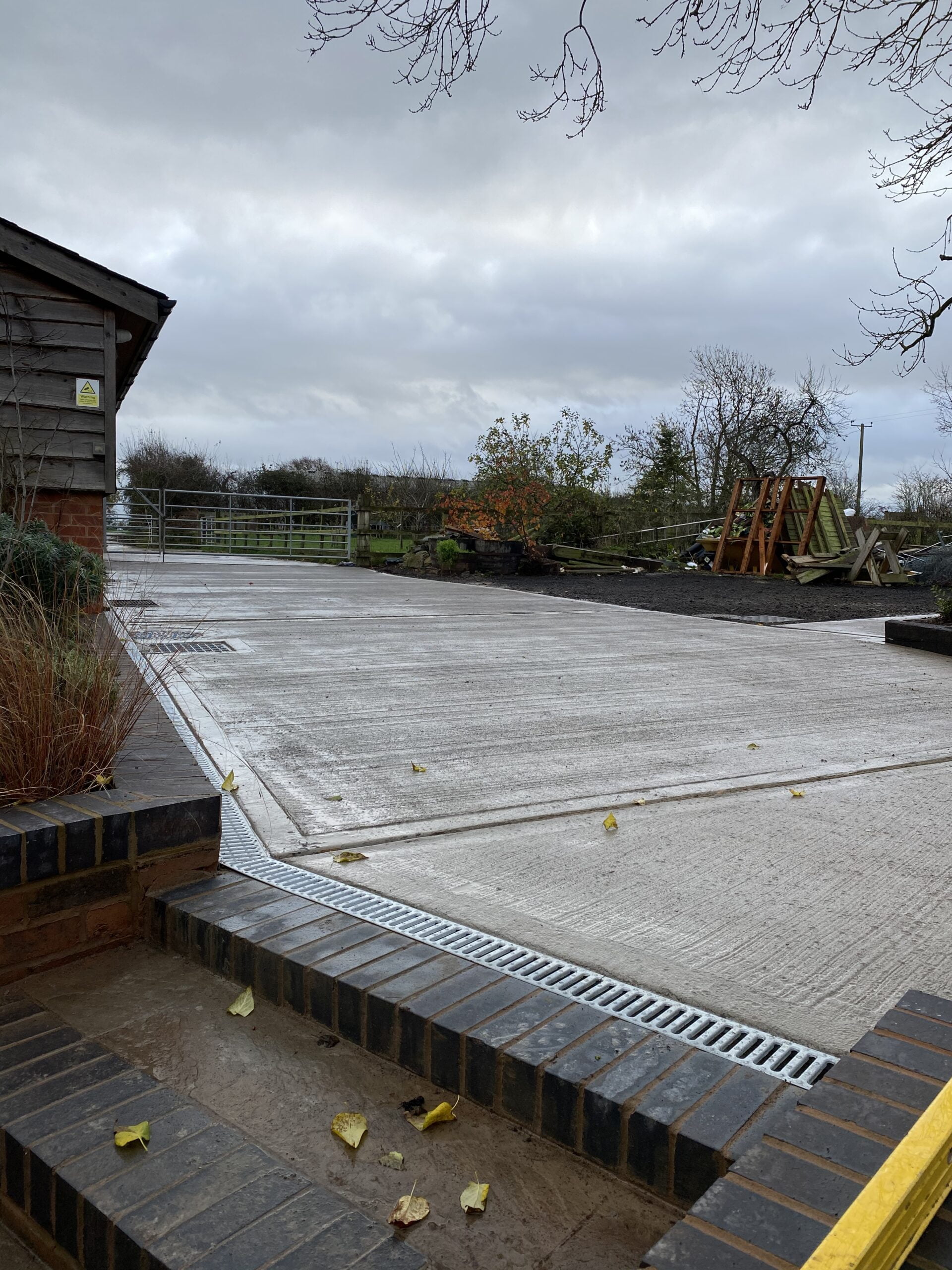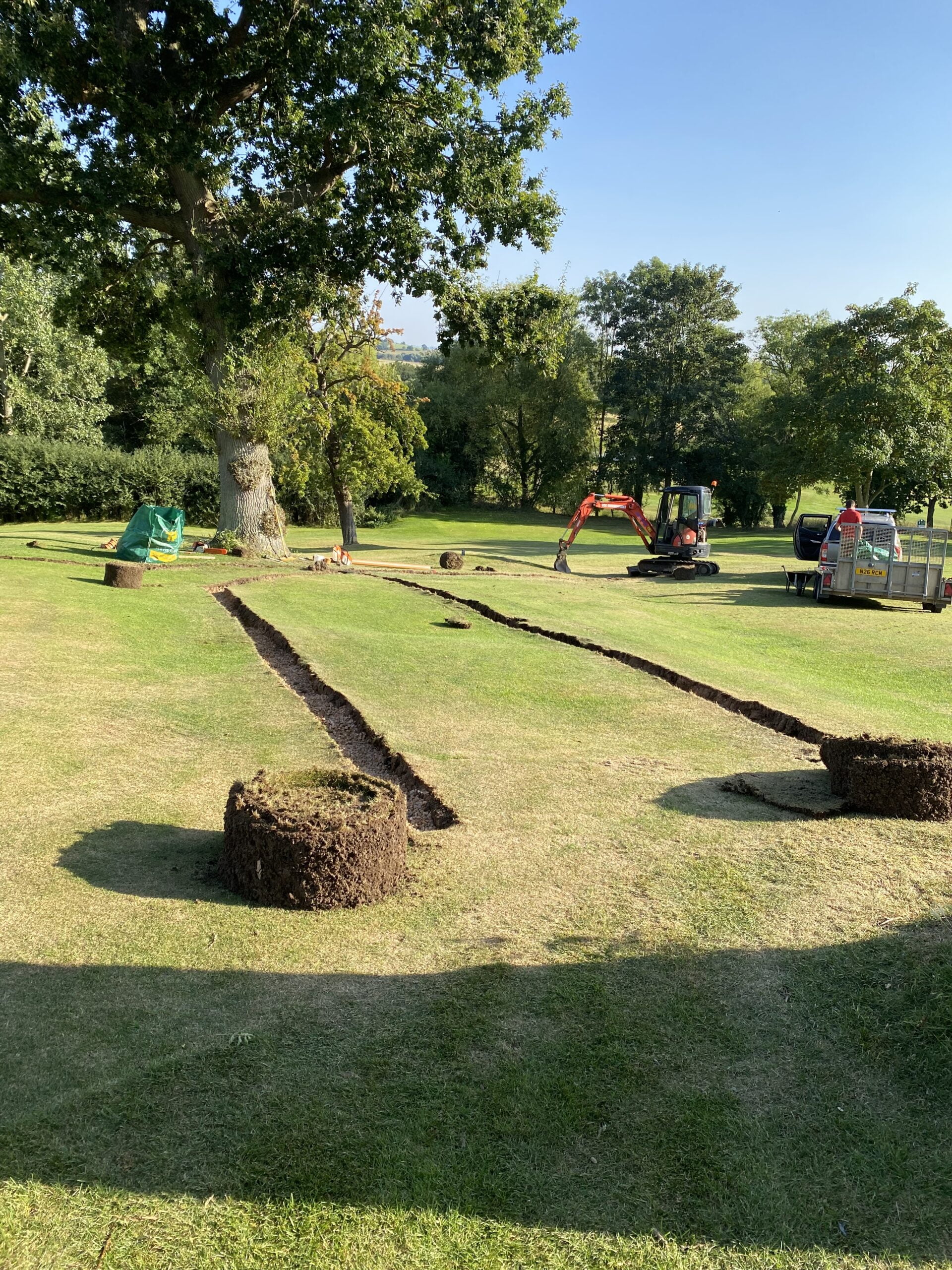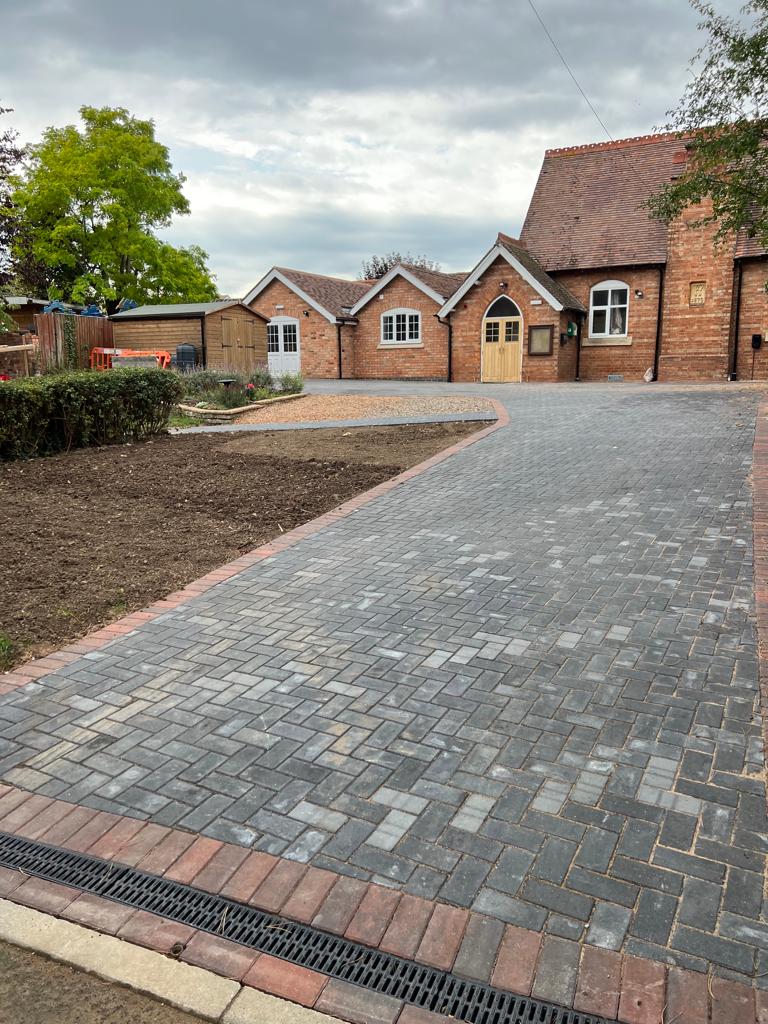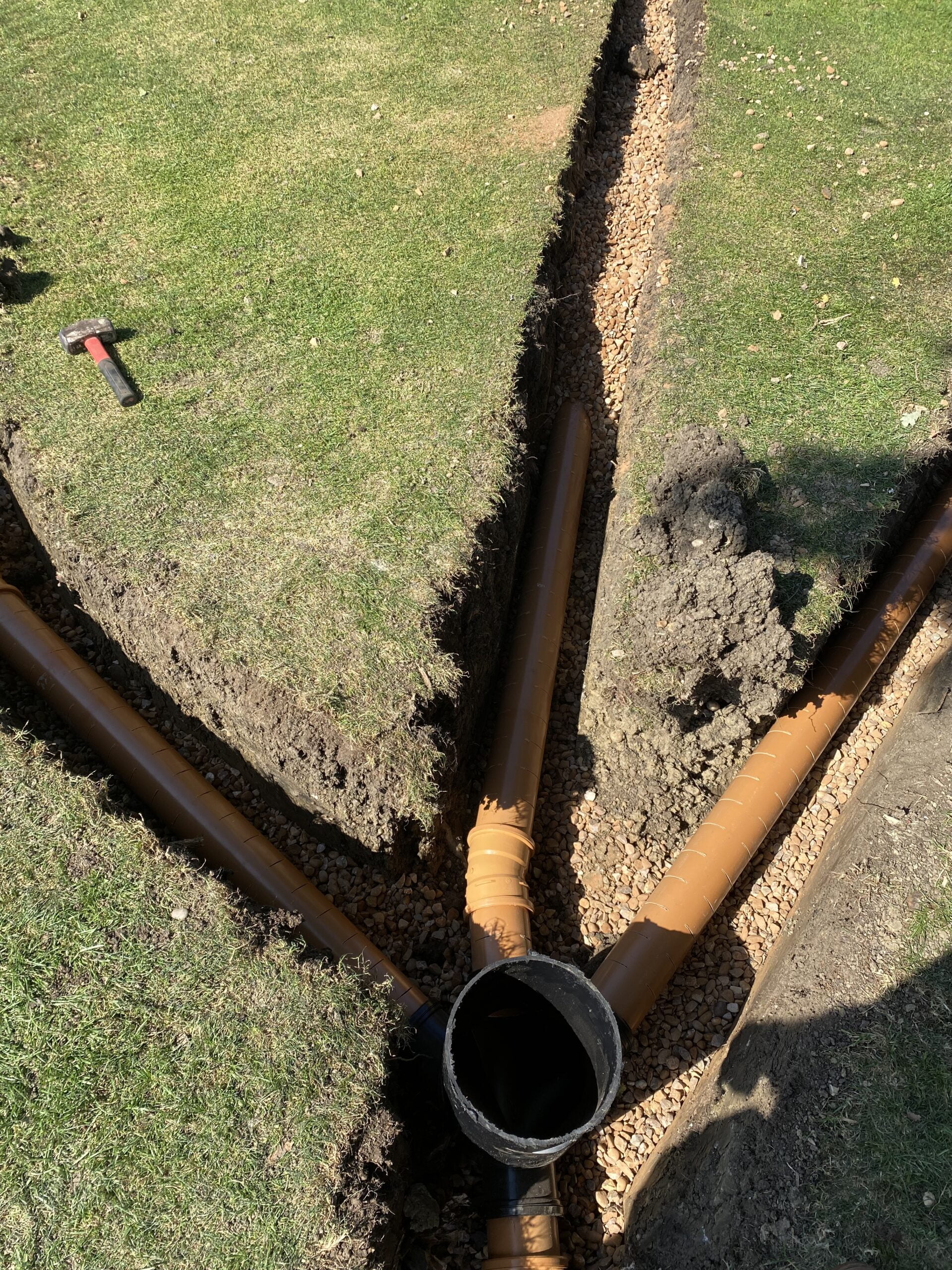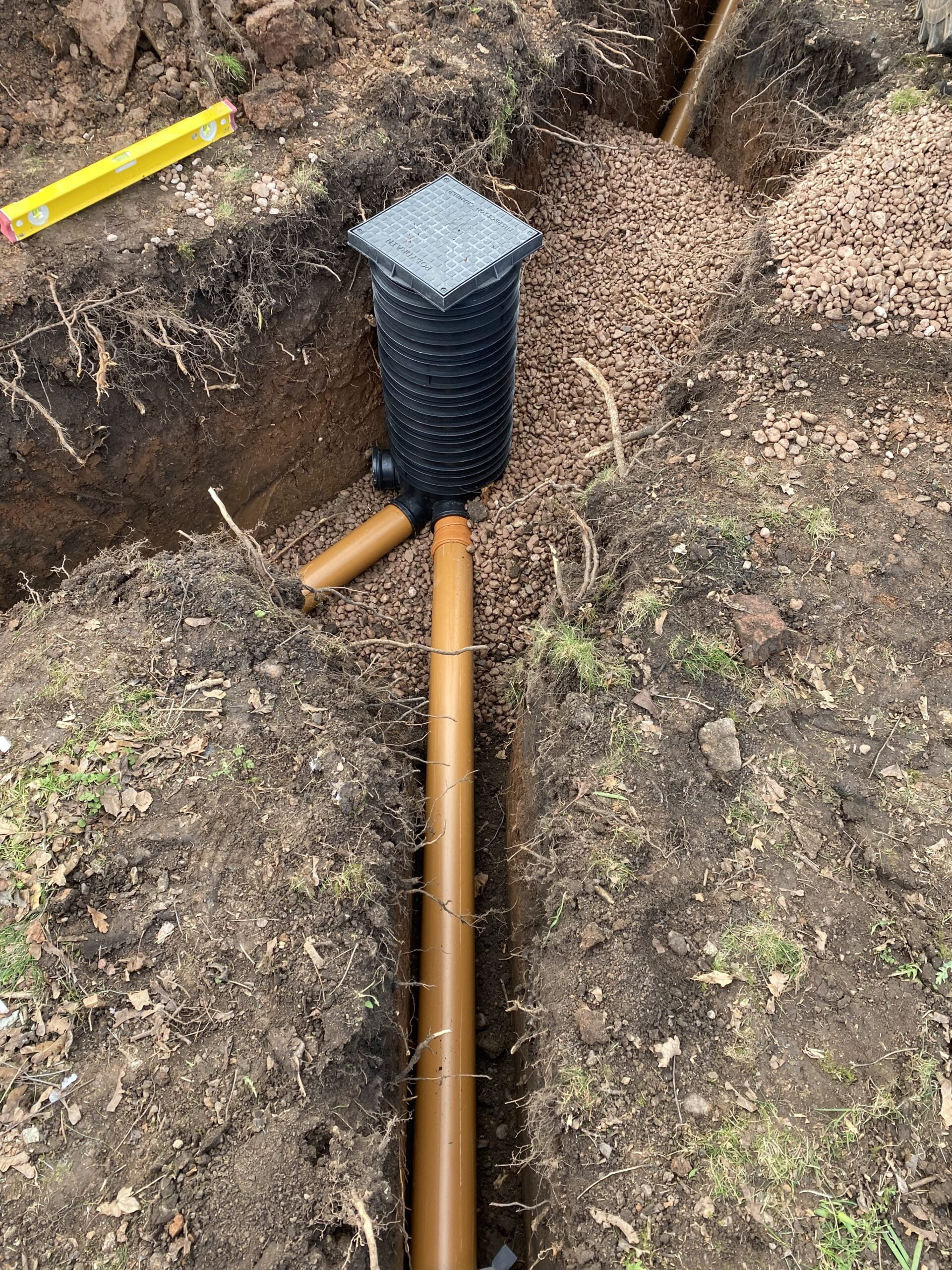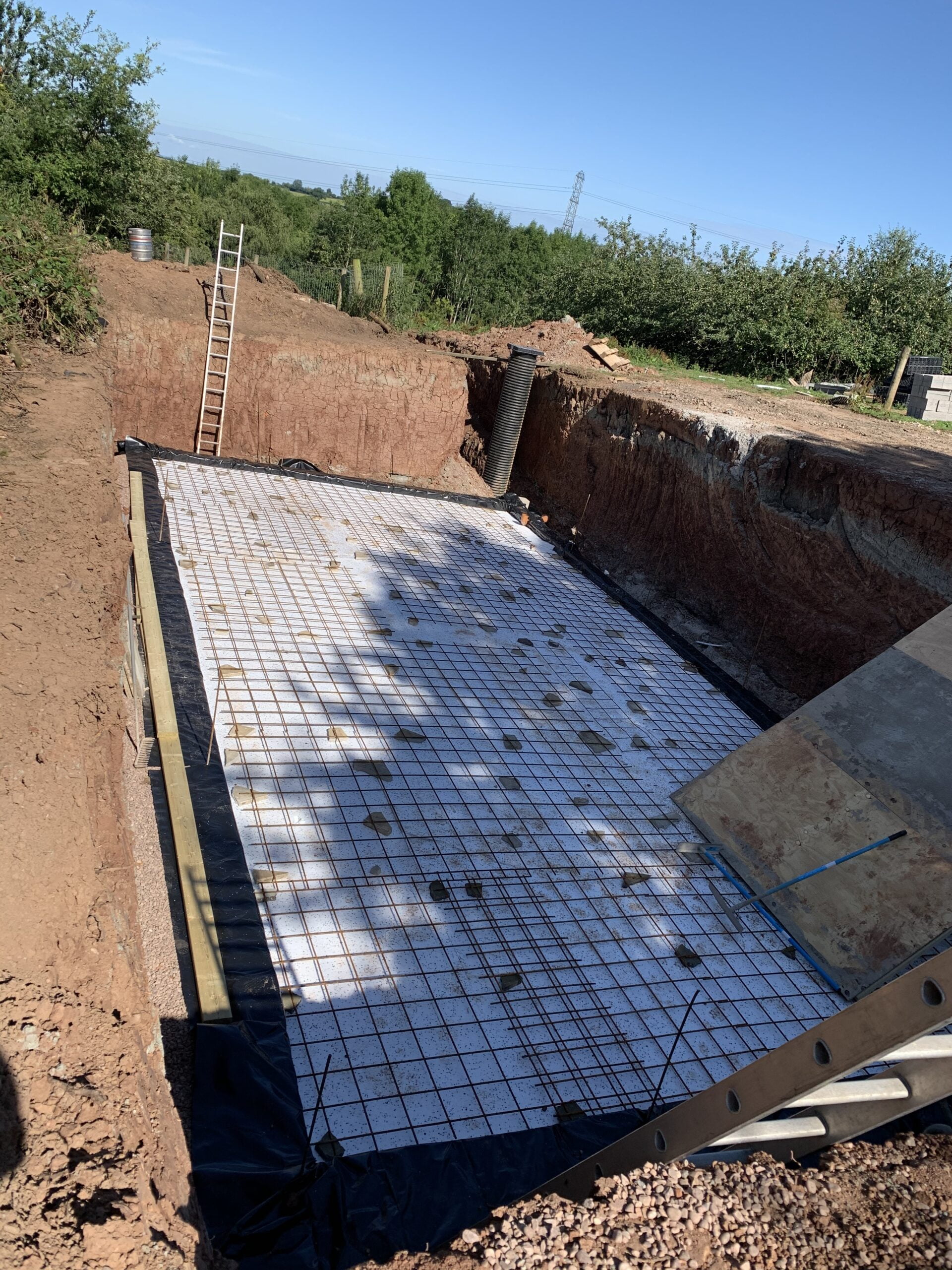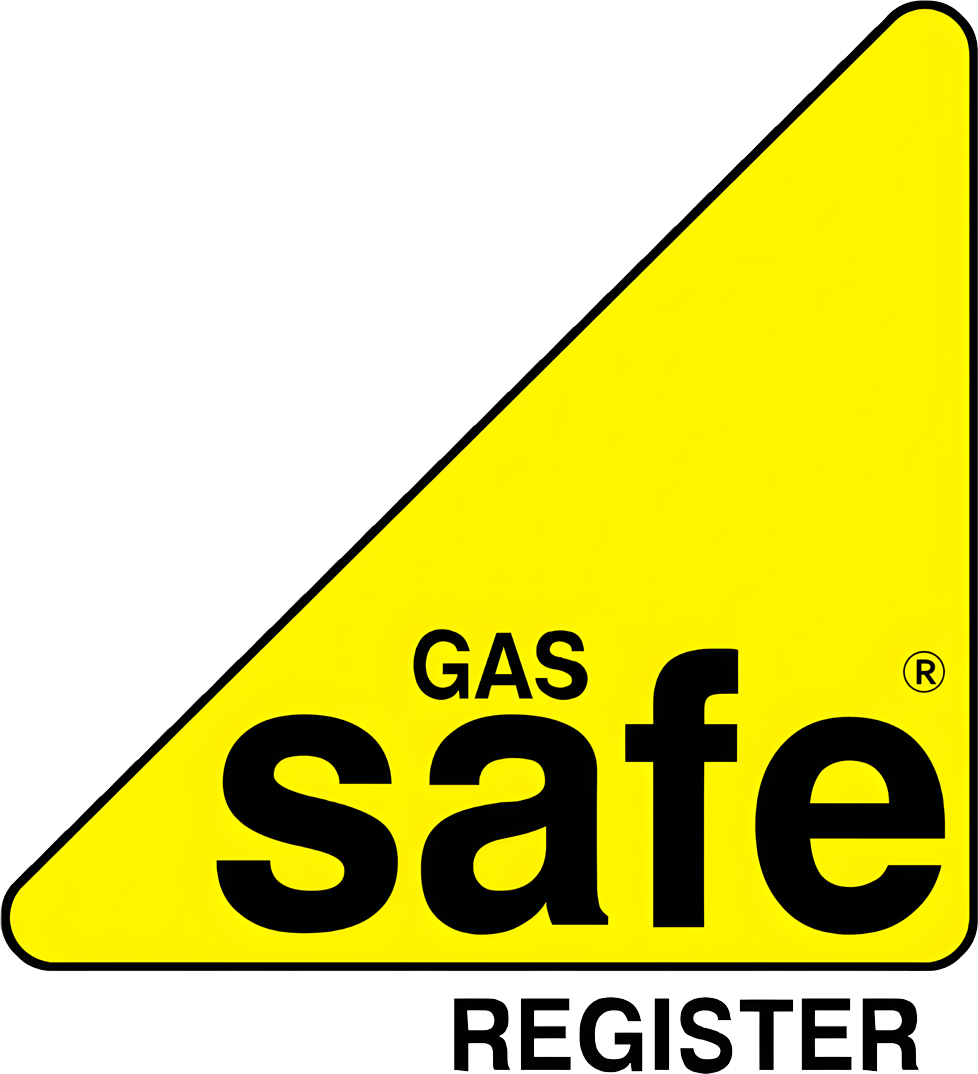For those seeking a more discreet drainage option, French drainage is an excellent choice. This method involves excavating a trench filled with gravel or perforated pipes, which allows water to gradually seep into the ground rather than accumulating on the surface.
French drainage is particularly beneficial for properties with poor soil drainage or areas susceptible to waterlogging. By enabling water to slowly percolate into the ground, French drainage can help prevent soil erosion and maintain the aesthetic appeal of your landscaping. Moreover, since it is installed underground, French drainage remains virtually unnoticeable once the installation process is complete.
The French drainage installation process involves digging a trench along the area where water accumulates, laying a perforated pipe wrapped in a geotextile fabric, and then filling the trench with gravel. The pipe is then connected to a discharge point, such as a storm drain or dry well. French drainage installation requires careful planning and execution to ensure proper water flow and prevent clogs.
Hiring a professional with experience in French drainage installation is recommended for optimal results.
